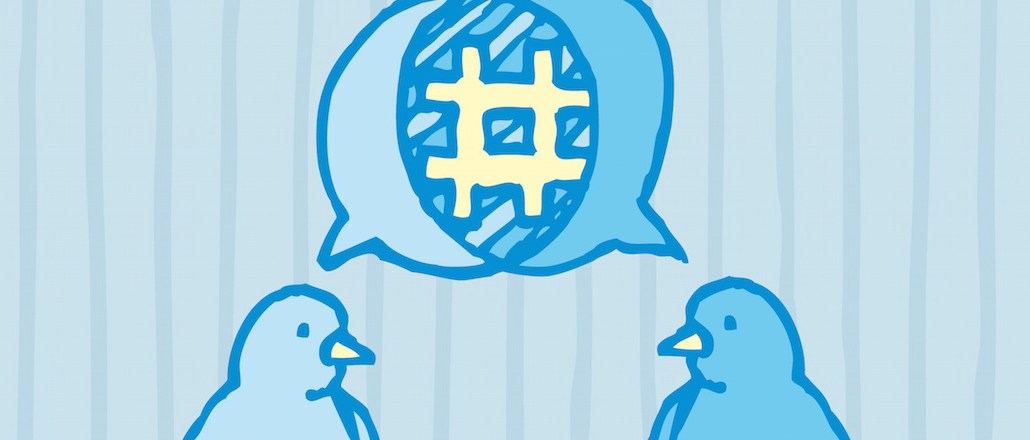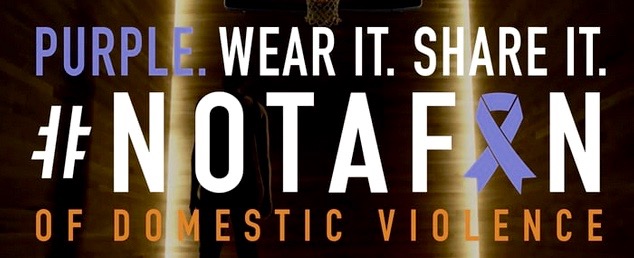Save 50% on a 3-month Digiday+ membership. Ends Dec 12.

Mark Duffy has written the Copyranter blog for 11 years and is a freelancing copywriter with 25-plus years of experience. His hockey wrist shot is better than yours.
Hashtags can work to help build support for an activism issue or sporting event, or help people with the critical task of finding #tbt Instagram photos.
Brand hashtags, however, rarely build anything because people, even millennials, have better things to do than blithely support and spread forced consumerism via awkward phrases. And besides, since brand hashtags are often created by social media morons with zero understanding of branding, the messages are muddled, often completely incoherent, and even get turned against the brand creating an embarrassing meltdown.
They don’t sell. They don’t work. They make you look stupid(er). But big brands keep pushing them because kids(!) and dumb celebrities (and uncreative people trying to look creative) keep using them.
Some especially stupid brands are even still using them as taglines, for instance:
Subway #SearchForBetter

I have, and continue to “search for better,” Subway, and it’s easy: Just walk into any deli or bodega or market or local sub shop or prison (right, Jared?) and you’ll find a much better sandwich. How the Hell did NOBODY in the approval chain stop and think about the obvious negative connotation of the chain’s new 2016 hashtag-tagline? Because that’s how most people on social media reacted to it. (Read some of the tweets; they’re funny, and accurate.)
And then, you see a spot from the campaign on TV featuring a boy adopting a dog and then the copyline “because fresh means better” bubbles up and you remember how disgusting their meats look behind the glass, and well … one can’t help but wonder where said meats came from.
American Eagle #WeAllCan

Fashion brands love using meaningless hashtags in ads, because most fashion ads are already meaningless tripe because they are created by aloof fashion people and/or aloof-er photographers.
This is a full ad poster from AE’s new-ish #WeAllCan campaign snapped in the tunnel of the West 4th subway station here in Manhattan a couple months back.
See, it plays off the “I CAN” in their name and on the jacket, meaning according to their bullshit press release that if the people in their ads — some celebs and models — “can,” then so “can” you, the non-celeb ugly dirtbag.
But … “we all can” what? Go fuck ourselves? Buy American Eagle clothes so “we all can” look exactly the same? We all can wander the earth aimlessly until we are eaten or die?
National Coalition Against Domestic Violence #NotAFan

Lordy, lordy — no no no NO. There are no rules in advertising, but here’s one: NEVER use sports analogies in non-sports ad campaigns. Take it from an ex-sports writer: They never work.
https://www.youtube.com/watch?v=rZEtJZmruP0
So: you’re not a fan of domestic violence? Well, bully for you. Hashtags do not give you permission to change the English language, to present an idiotic statement as an empowering one.
You do say: “I’m not a fan of the neutral-zone trap,” or “I’m not a fan of raising the rims to 11 feet,” or “I’m not a fan of the Islanders’ all-black prison uniforms.”
You don’t say what they all say in this ad, no matter how dramatically you light it, Blonde & Co., NYC (the agency).
#ImDoneHere
More in Marketing

In Graphic Detail: Here’s what the creator economy is expected to look like in 2026
Digiday has charted its expected revenue, key platforms for creator content as well as what types of creators brands want to work with.

Ulta, Best Buy and Adidas dominate AI holiday shopping mentions
The brands that are seeing the biggest boost from this shift in consumer behavior are some of the biggest retailers.

Future of Marketing Briefing: AI confuses marketers but their own uncertainty runs deeper
That was the undercurrent at this week’s Digiday Programmatic Marketing Summit in New Orleans.








